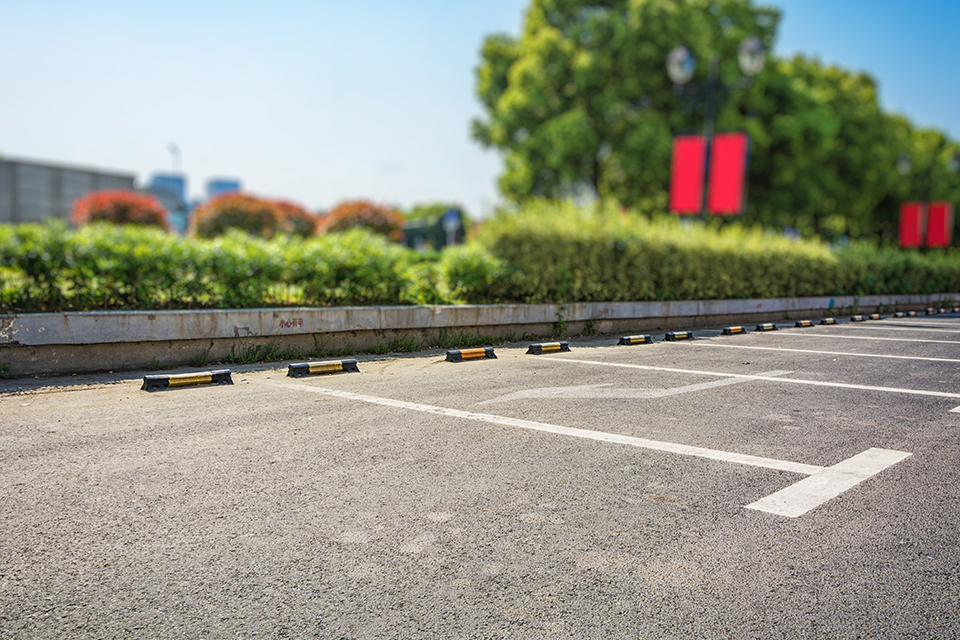If you own a driveway or parking lot, you’ve likely heard about sealcoating. But does it really extend the life of your asphalt, or is it just an unnecessary cost? The truth is that it works, but only when applied properly and at the right intervals. In this post, we’ll explain how sealcoating protects your pavement, why timing matters, and how often you should schedule it.
What Is Sealcoating?
Sealcoating is a thin, asphalt-based or refined-tar liquid applied over cured pavement. Its purpose is to protect the asphalt from damage caused by weather, chemicals, and everyday wear. When done on schedule, a sealcoat can give your pavement an extra five to ten years before major work like milling or full replacement becomes unavoidable.
Here’s how it helps:
- Blocks Oxidation: Asphalt contains oils that keep it flexible. Over time, exposure to air causes these oils to evaporate, making the pavement brittle. Sealcoating slows down this process by creating a protective barrier.
- Repels Water: Asphalt has tiny pores that allow water to seep in. When this water freezes, it expands and can break apart the pavement from the inside. Sealcoating fills these pores, helping water run off instead of soaking in.
- Screens Out UV Rays: Ultraviolet light breaks down asphalt’s molecular bonds, speeding color fade and raveling. The dark sealcoat absorbs UV before it can reach the binder beneath.
- Resists Oils & Chemicals: Gasoline, de‑icer, and motor oil soften asphalt. Sealcoat’s dense film prevents those spills from dissolving the binder.
What Happens If You Skip Sealcoating?
If you don’t sealcoat your asphalt, it will deteriorate much faster. Here’s what happens without this protective layer:
- Color Fades Quickly: Within 12-18 months, unsealed asphalt turns from rich black to dull gray as sunlight and air break down the surface.
- Cracks Form Earlier: Loss of flexibility invites thermal‑movement cracks after just a few winter cycles.
- Water Damage: Small pores in the pavement allow water to seep in. When this water freezes and thaws, it creates potholes and weakens the base.
- Higher Repair Costs: Once cracks and potholes form, simple sealcoating won’t fix them. You’ll need more expensive repairs like patching or resurfacing.
Is Sealcoating a Stand‑In for Structural Repairs?
Sealcoating is more of a protective measure than a fix for major damage. It helps maintain good asphalt but won’t repair cracks, potholes, or underlying base issues. If your pavement already has structural problems, those need to be addressed first. It does not:
- Rebuild base layers weakened by subgrade failure.
- Bridge wide, active cracks or sinkholes.
- Fill deep potholes or ruts.
For those issues, professional patching, crack sealing, or full resurfacing must happen first. Only then should a sealcoat be applied as the finishing, protective topcoat.
Final Word
Sealcoating is quick, affordable, and the single best way to keep your asphalt looking sharp and performing well for decades. When combined with timely crack repairs and good drainage, it maximizes the value of every maintenance dollar you spend.
Don’t wait until it’s too late! Our sealcoating services in Wappingers Falls, NY protects your pavement and saves you money long-term.
Call +1 845-926-6779 today or click here to schedule your services.
FAQs
How much longer does asphalt last with regular sealcoating?
Most driveways and parking lots gain about 5–10 extra years when they’re sealed every two to three years.
Can sealcoating fix cracks and potholes?
No, sealcoating only masks very fine cracks (less than ⅛ inch). For larger cracks, you must clean and fill them before sealing. Potholes require proper patching or full-depth repairs, sealcoating alone won’t fix them.
Is sealcoating worth it for old asphalt?
If the pavement still has a solid sub‑base and limited alligator cracking, sealcoating can stabilize the surface, slow new damage, and improve appearance. For severely alligatored or heaved pavement, resurfacing may be the smarter spend.
What damages does sealcoating protect against?
Sealcoating shields asphalt from oxidation, UV fade, freeze-thaw cracking, gas, oil, chemical spills, and surface raveling (loose stones).
How often should you sealcoat to maintain asphalt lifespan?
For new pavement, apply the first sealcoat 6–12 months after installation. With normal traffic, reseal every 3 years, but for heavy use or frequent plowing, sealcoat every 2 years.
